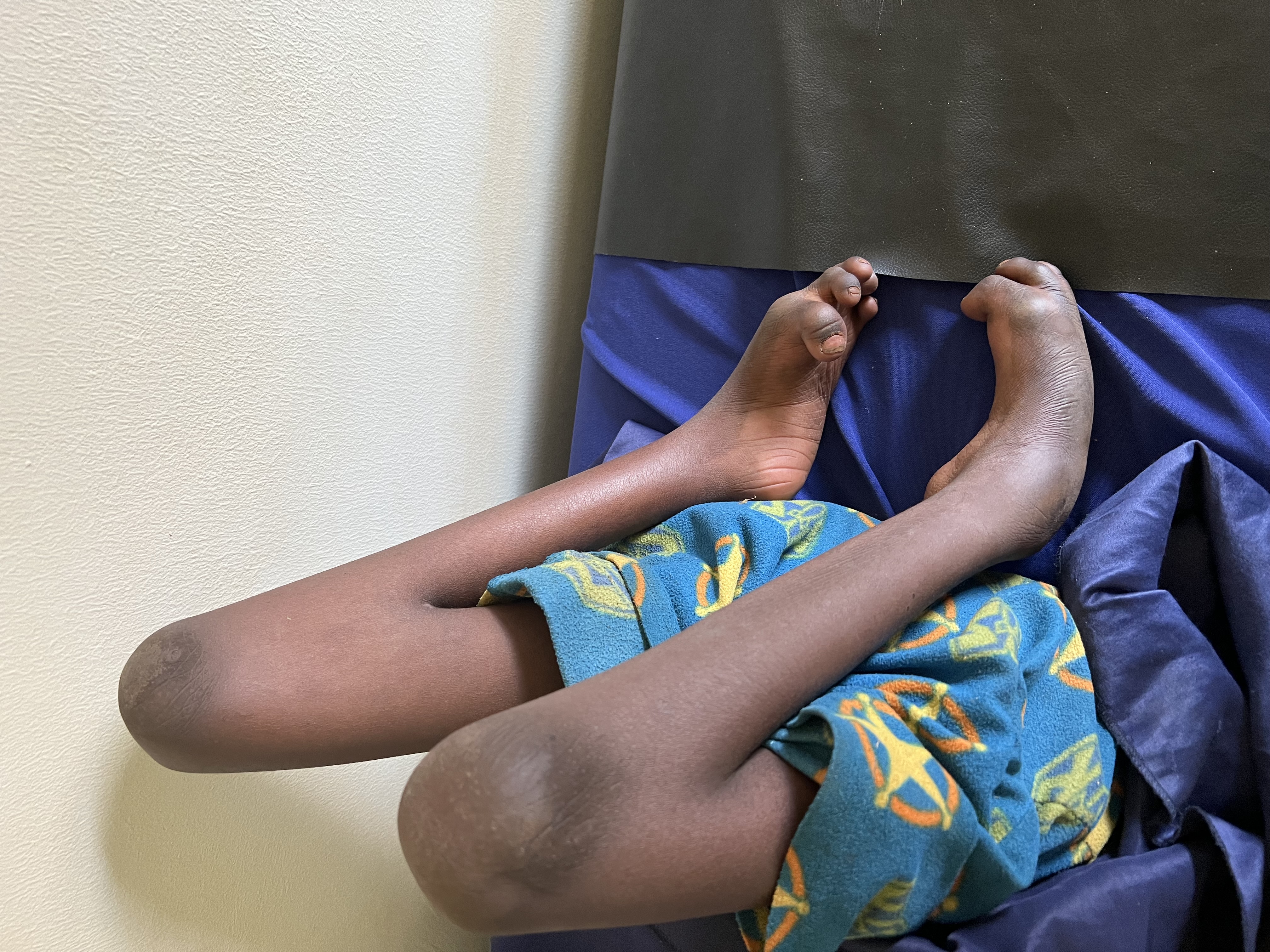What is arthrogryposis?
Arthrogryposis is a condition characterized by stiffness of more than two joints leading to deformities in those joints.
In some places, you will find it being called arthrogryposis multiplex congenita. Arthrogryposis itself is not a disease but a representation of symptoms.
In this article, we shall discuss the causes of arthrogryposis, its symptoms, and how it is treated.
Causes of arthrogryposis
The exact cause of arthrogryposis isn’t known but there are some risk factors.
- External factors.
Reduced amniotic fluid. The low amniotic fluid inhibits the amount of joint movement and these then develop restrained and stiff.
- Internal factors.
The presence of neurological conditions in the spinal cord or peripheral nerves affecting the movement of the joints can lead to the development of joint contractures.
Do you need to see a paediatric orthopaedic surgeon?
What are the signs of arthrogryposis
The most common symptoms are;
- Deformities in different joints. The elbows can be straight with wrists turned inwards. The knees could be either flexed or hyperextended (backward facing) and the feet could have a clubfoot appearance.
- Spine. There could be various spine deformities as the child grows.
How is arthrogryposis diagnosed?
Arthrogryposis is diagnosed when the child is still in the uterus or immediately when they are born.
If a child has more than two contractures in different locations, then this is arthrogryposis
Who will be involved in the child’s treatment?
The treatment of arthrogryposis requires a team. It will involve a paediatrician, an orthopedic doctor, a physiotherapist, an occupational therapist, orthotist, an orthopedic nurse, a psychologist and a social worker.
Treatment of arthrogryposis
There is no cure for arthrogryposis but the deformities can be treated by bracing, the use of casts, and surgery.
In conclusion, arthrogryposis is a complex condition associated with deformity and the stiffness of joints at birth. Diagnosis is made before or after birth. Treatment can be either nonoperative or operative.
